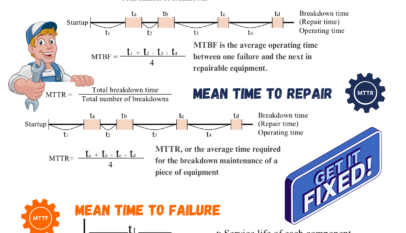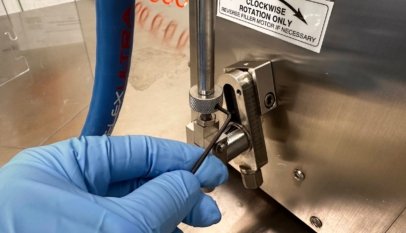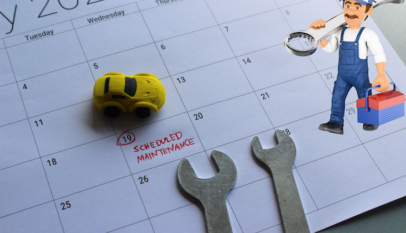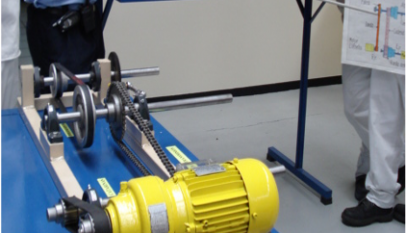Up until this point, the main thrust of our discussion has been the thinking behind equipment maintenance. This section splits the maintenance task into three types and explains what each type consists of and who should be responsible for it.
The three types of activity are sometimes referred to as the three elements of maintenance. They consist of (1) activities to prevent deterioration, (2) activities to monitor deterioration, and (3) activities to reverse deterioration (see Fig. “Types of Equipment Maintenance”)
(1) Activities to prevent deterioration
This consists of protecting equipment against forced deterioration by looking after it on a day-to-day basis. Specifically, it means operating the equipment correctly and carrying out routine daily maintenance (cleaning, lubricating, retightening, etc.).
(2) Activities to monitor deterioration
A machine will eventually stop working properly, even if the only subject to natural deterioration unless action is taken before a certain limit is reached. This is what makes it necessary to monitor how far the deterioration has progressed, by measuring it periodically. Specifically, ‘monitoring deterioration’ means checking the equipment daily or at longer intervals, overhauling it, and testing it, using the required measuring technology and diagnostic techniques.
(3) Activities to reverse the deterioration
The decision as to how to reverse a particular type of deterioration will be based on
information obtained from (2) above. It might consist of periodically replacing or overhauling a part, or monitoring its condition, and it requires a relatively high level of technical expertise and skill, plus a lot of time.



















